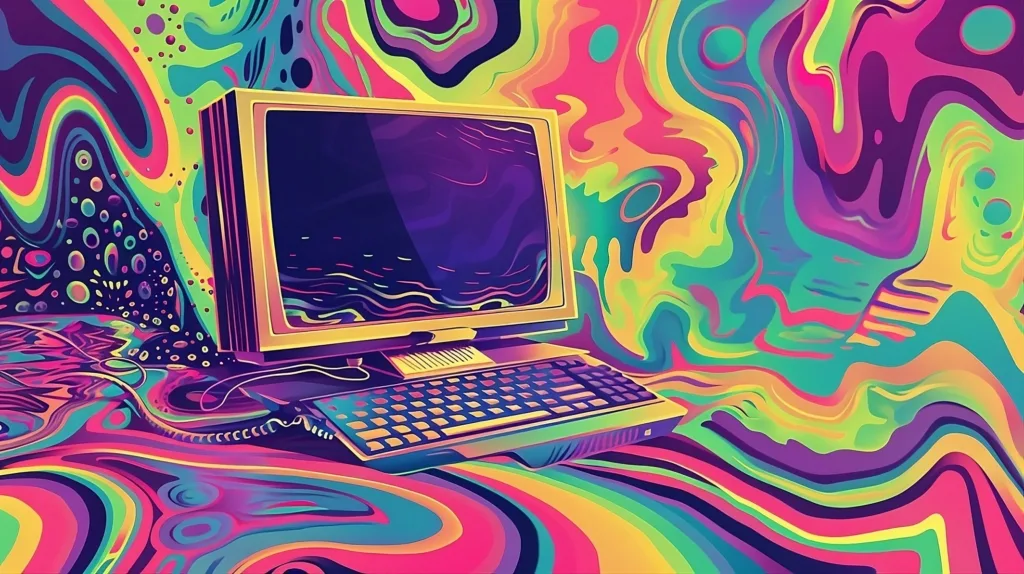The open source advantage: Faster bugs, better builds, wider buy-in


Open-sourcing is definitely not something to rush into. Here are some pros, cons and general advice based on experience. Read More


Open-sourcing is definitely not something to rush into. Here are some pros, cons and general advice based on experience. Read More
